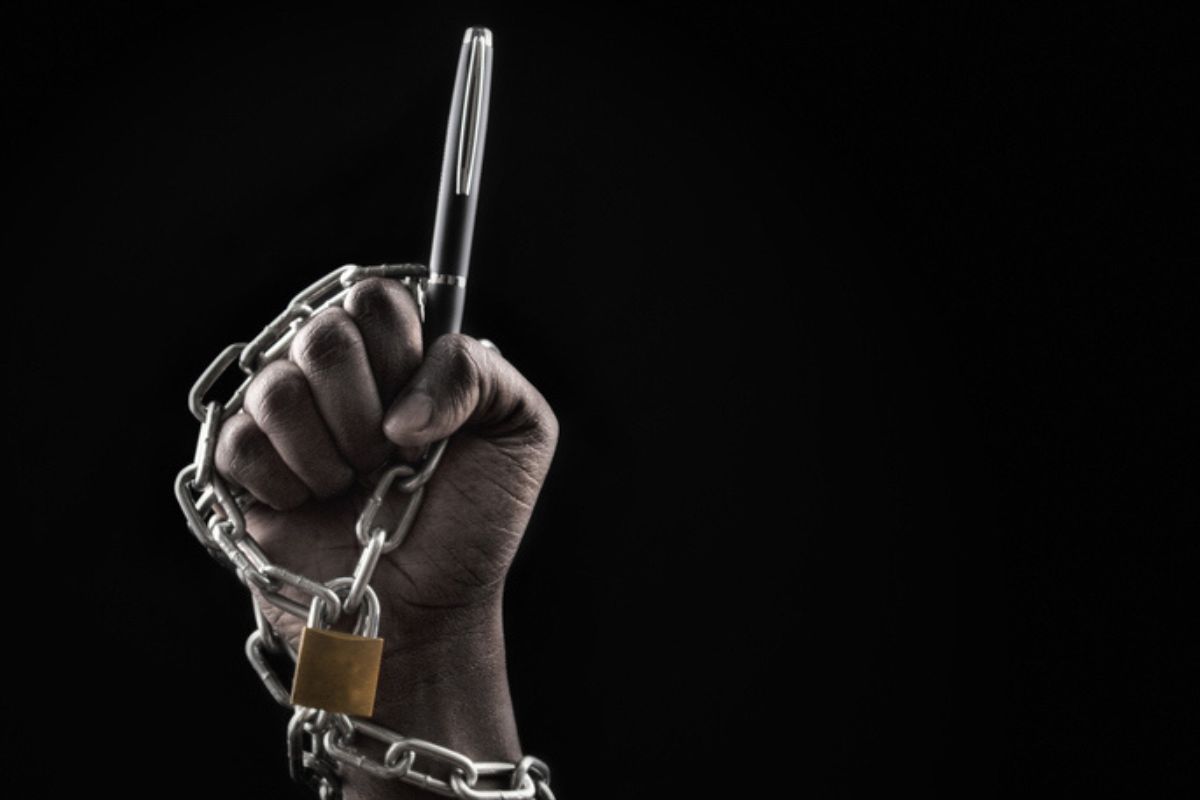India’s Sedition Law, Section 124A of the Indian Penal Code (IPC), has a long and controversial history, with several historical cases that have left a lasting impact on the interpretation and application of this law. Let’s delve into some significant historical examples that have shaped the understanding of sedition in India.
The Bal Gangadhar Tilak Trial (1908):
One of the earliest and most influential cases related to sedition in India was the trial of Bal Gangadhar Tilak, an iconic freedom fighter and social reformer. Tilak was charged with sedition for his editorials in the Kesari newspaper, which were critical of British colonial rule. The trial marked a turning point in the nationalistic movement and led to a redefinition of sedition laws in the country.
Advertisement
The Bhagat Singh Trial (1930):
Bhagat Singh, an iconic revolutionary and freedom fighter, along with his associates, faced charges of sedition for their involvement in the Lahore Conspiracy Case. The case gained immense attention and highlighted the fervor for independence among the youth of the nation. Singh’s powerful courtroom speeches and his sacrifice continue to inspire generations, shaping the discourse on sedition and nationalism.
The Raja Mahendra Pratap Trial (1922):
Raja Mahendra Pratap, a prominent Indian independence activist, was charged with sedition for his role in the Ghadar Party, which aimed to overthrow British rule. His trial brought attention to the political unrest and resistance against colonialism in India. Though Pratap was eventually acquitted, the case added to the discourse on sedition as a means to suppress anti-colonial movements.
The Binay, Badal, and Dinesh Trial (1930):
The trial of Binay Bose, Badal Gupta, and Dinesh Gupta, three revolutionaries involved in the famous Chittagong Armoury Raid, had a significant impact on the sedition laws of India. The trial showcased the determination of young freedom fighters and highlighted their willingness to challenge British rule, leading to a reevaluation of sedition charges and their implications.
These historical cases reflect the intersection of sedition, nationalism, and the struggle for independence in India.
Over the years, there have been several high-profile cases that highlight the controversial application of this law in Independent India too, raising questions about its compatibility with freedom of expression. Here, we delve into some of the most notorious cases that have sparked national and international debates.
- The Kanhaiya Kumar Case: In 2016, Jawaharlal Nehru University (JNU) student leader Kanhaiya Kumar was arrested and charged with sedition for allegedly participating in anti-national slogans during a campus event. The case garnered significant media attention, leading to a heated national debate on the limits of free speech. Ultimately, the charges against Kumar were dropped due to insufficient evidence, but the incident brought the Sedition Law into the spotlight.
- The Sedition Cases against Journalists: In recent years, numerous journalists have faced sedition charges for their critical reporting on government policies and social issues. Notable cases include the charges against journalists like Siddharth Varadarajan, Kaneez Fathima, and Vinod Dua. Critics argue that these cases exemplify the misuse of the Sedition Law to curb freedom of the press and stifle dissenting voices.
- The Sharjeel Imam Case: Sharjeel Imam, a former student activist, was booked for sedition in 2020 for his alleged inflammatory speeches during protests against the controversial Citizenship Amendment Act (CAA). The case sparked widespread controversy, with some viewing it as an attempt to silence anti-government voices, while others argued that Imam’s speeches went beyond the limits of free speech.
- The Hardik Patel Case: In 2015, the sedition charges filed against Gujarat’s Patel community leader, Hardik Patel, created a significant stir. Patel had led a massive movement demanding reservation for his community. The sedition charges against him were eventually dropped, but the incident highlighted the use of the Sedition Law as a tool to suppress socio-political movements.
While the Supreme Court has upheld the constitutionality of the Sedition Law, it has emphasized the need for caution in its application. The court has stressed that mere criticism of the government does not amount to sedition unless it incites violence or poses a threat to public order.
As India strives to strike a balance between national security and freedom of expression, the cases mentioned above serve as reminders of the ongoing challenges. A thorough review of the Sedition Law is essential to prevent its misuse and to protect the democratic rights of citizens, ensuring that the law reflects the spirit of a vibrant and inclusive democracy.
















